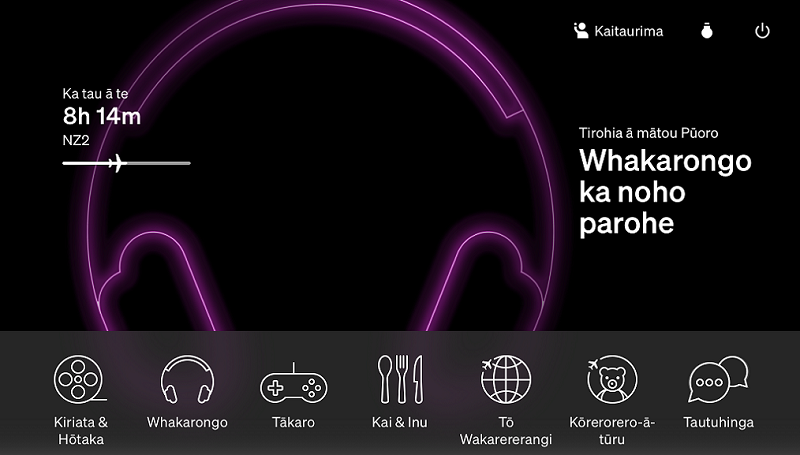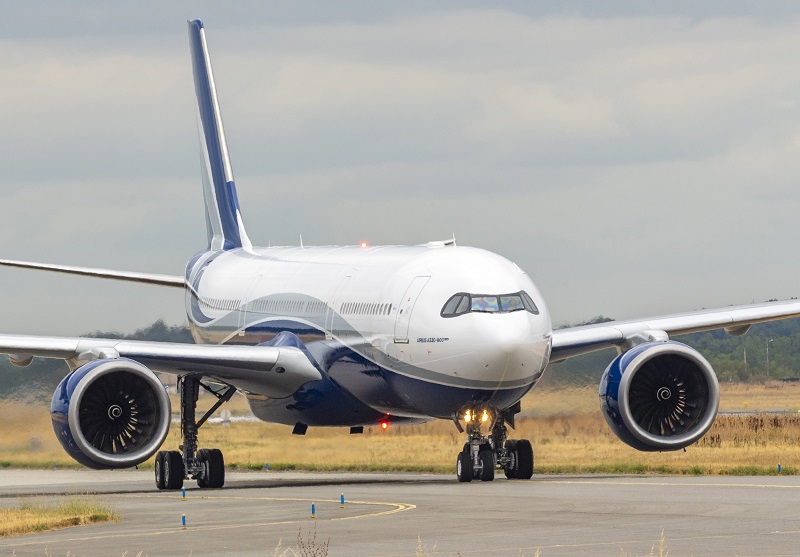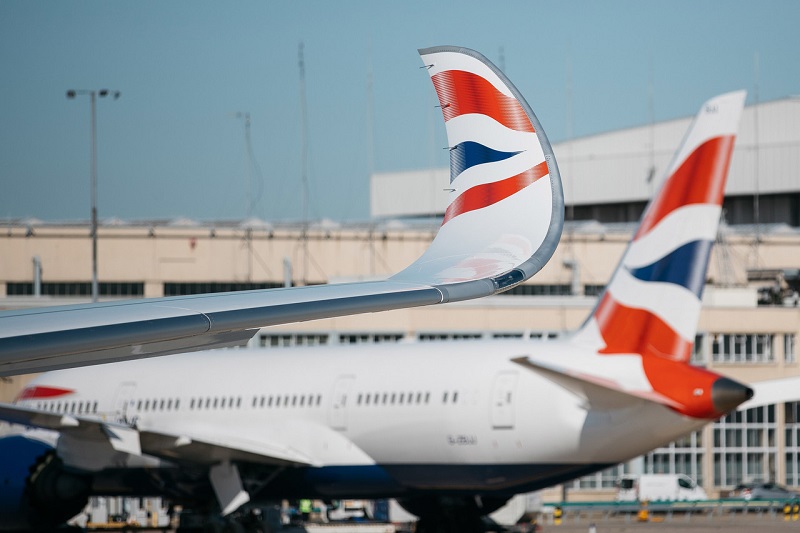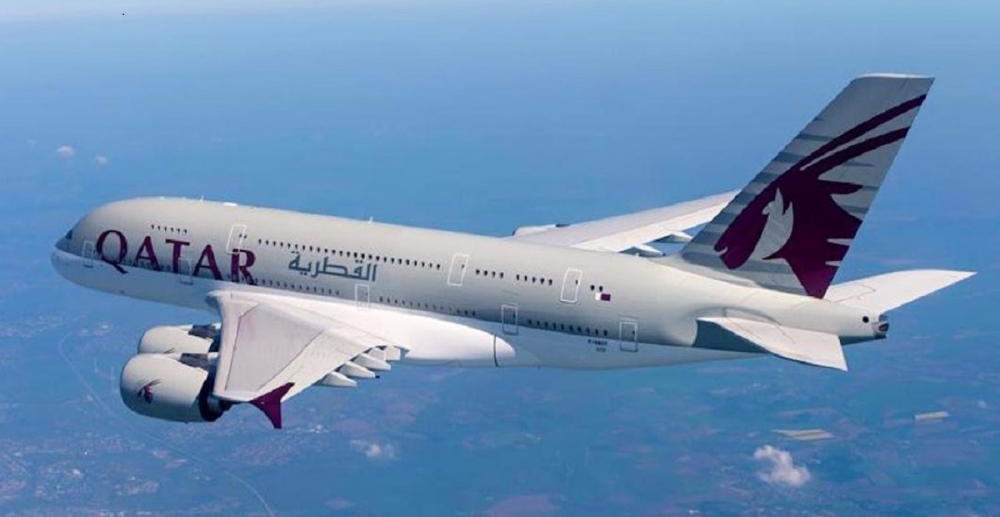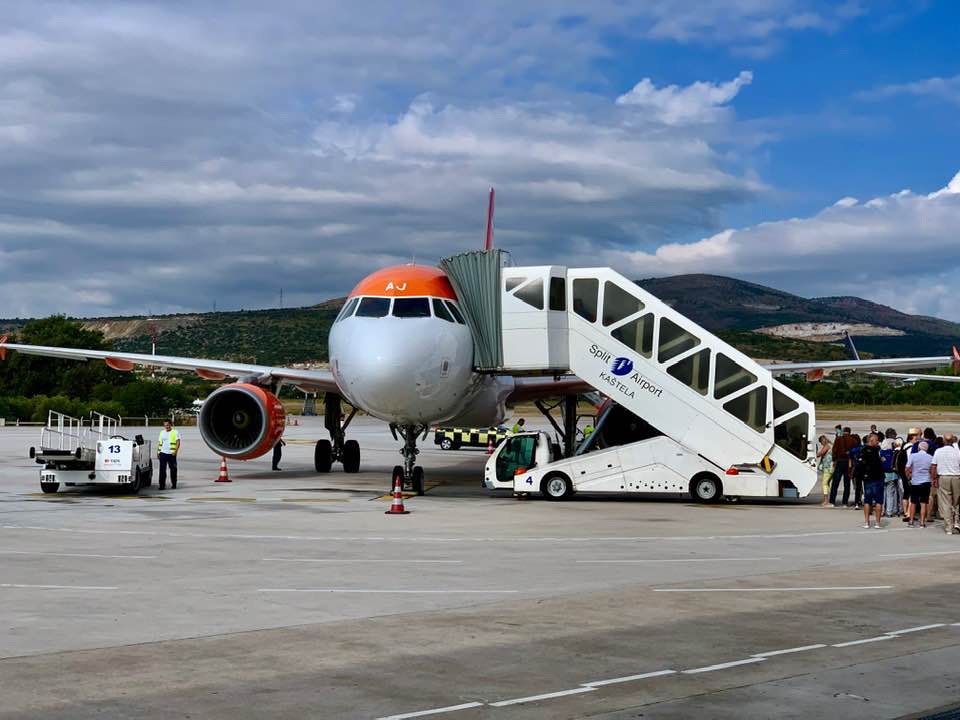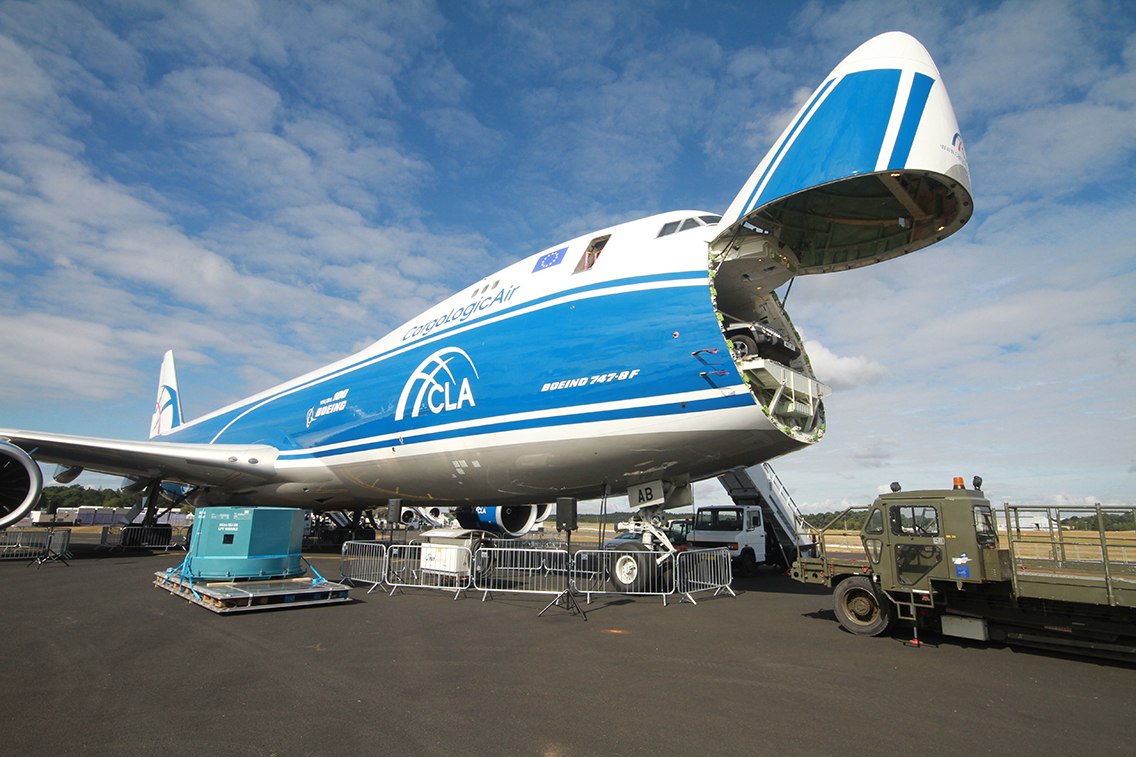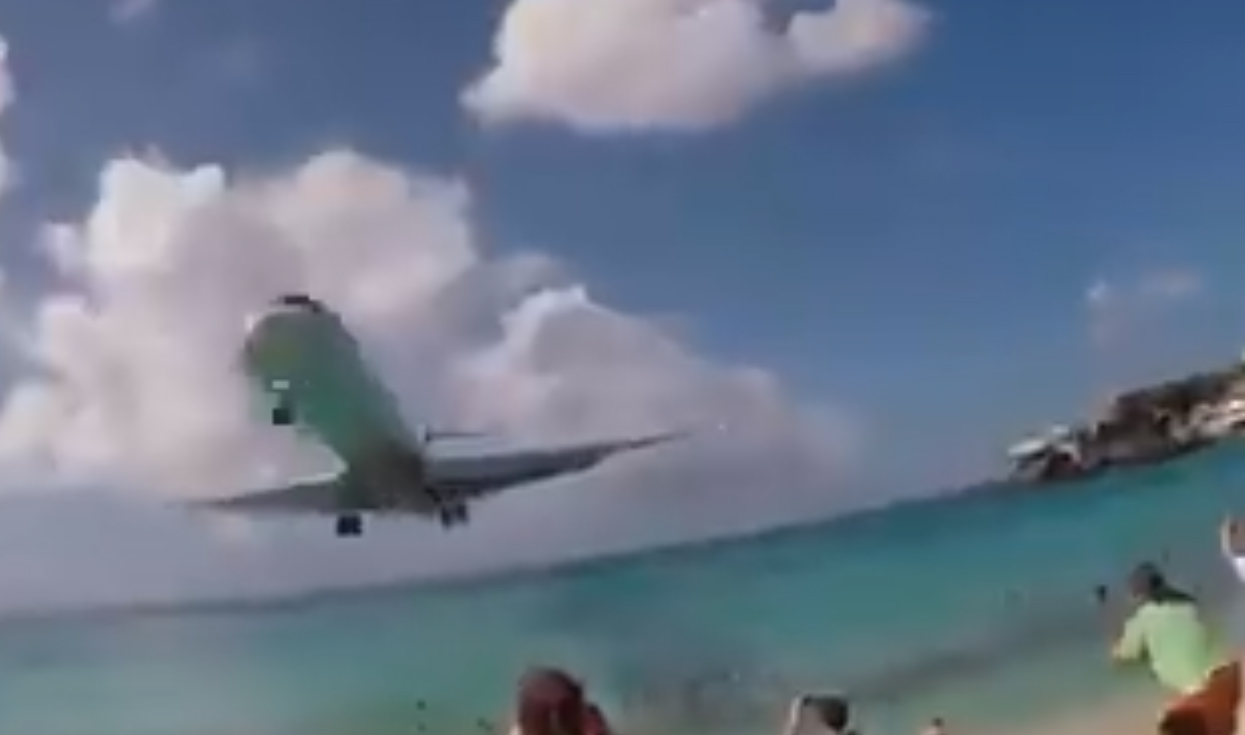US carriers flew 42 percent more passengers and cargo in 2018 than they did in 2000 with just a 3 percent increase in total CO2 emissions, according to industry group Airlines For America.
They have also increased their fuel efficiency by 130 percent since 1978.
A4A environmental affairs vice president Nancy Young revealed the statistics in an op-ed piece in The Washington Times that argued US carriers have never been greener.
She said this was thanks to an influx of fuel-efficient planes, more efficient ways of flying them as well as the use of sustainable jet fuels and carbon offset programs.
READ: Air New Zealand adds Maori to inflight and check-in options.
Airlines are worried about the rise of “flight shamers”, particularly among young people in Europe, that are attempting to coerce people into flying less.
But Young said the movement flew in the face of facts.
She said worldwide commercial aviation was responsible for just 2 percent of global greenhouse gas emissions but its contribution to the economy was “tremendous”.
“US passenger and cargo airlines drive more than 10 million U.S. jobs and $US1.5 trillion in annual U.S. economic activity, directly employing more than 700,000 workers across the globe,’’ she said.
“ Every day, our planes carry some 2.4 million passengers and 58,000 tons of cargo across the country and to 80 other countries.
“We safely connect friends and family members and enable business meetings and overnight deliveries of everything from fresh-cut flowers to medical supplies.
“Even as our airlines fly more people and packages to more destinations every year, we are growing greener every day. In fact, U.S. airlines carried 42 percent more passengers and cargo in 2018 than we did in 2000 with just a 3 percent increase in total CO2 emissions.
“ That’s a remarkable record of sustainability and we’re not stopping there.”
The A4A executive noted the airline industry was also the only one in the world to voluntarily commit to an agreement to reduce and offset carbon emissions.
This was through the Carbon Offsetting and Reduction Scheme for International Aviation, or “CORSIA”, which calls for carbon-neutral growth in international commercial aviation beginning in 2021.
Airlines had also committed to a goal of reducing net CO2 emissions by 50 percent in 2050 as compared with 2005 levels.
Young said US airlines were fighting climate change, driving advances in airframe and aircraft engine technology, sustainable aviation fuels, aviation infrastructure and operations to ensure it met its emissions targets.
“Here’s another fact you won’t hear from the “flight shamers”: Between 1978 and 2018, the U.S. airlines improved our fuel efficiency by more than 130 percent, saving nearly 5 billion metric tons of CO2,” she said.
“That’s like taking 26 million cars off the road every year.
“ And speaking of cars, while U.S. carriers account for less than 2 percent of the nation’s greenhouse gas emissions, passenger vehicles account for more than 17 percent.
“Simply put, the airline industry is the backbone of the global economy and a leader in the fight against climate change. That’s not a record to be ashamed of — it’s one to be proud of.”
















